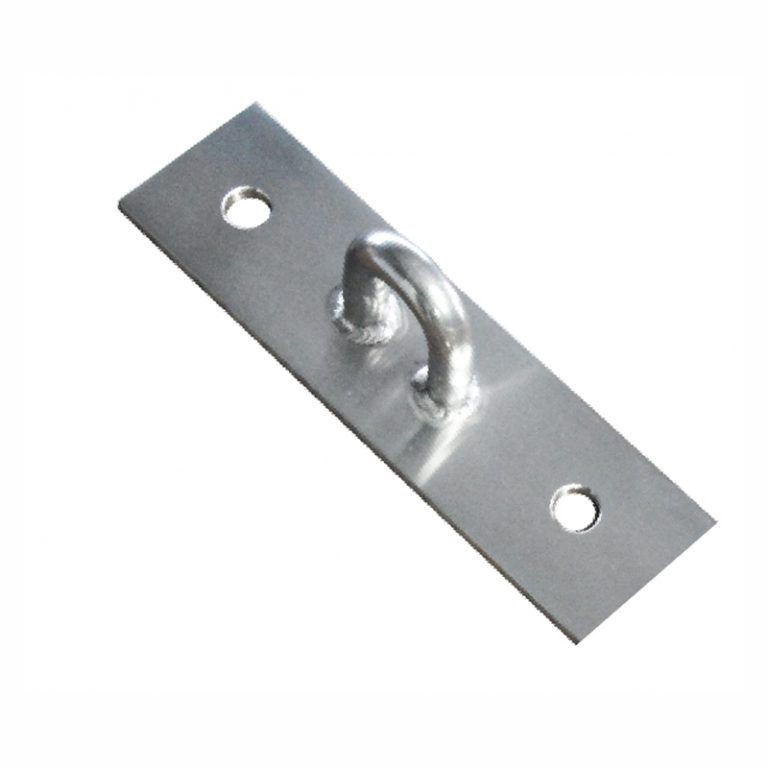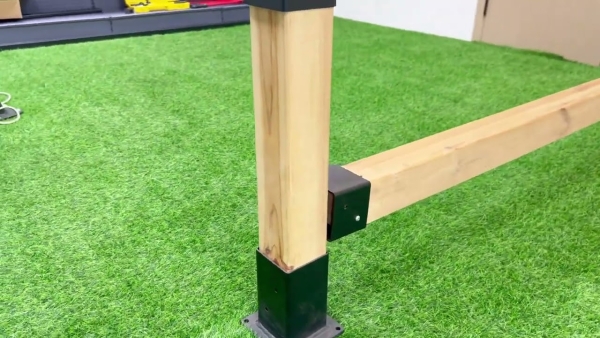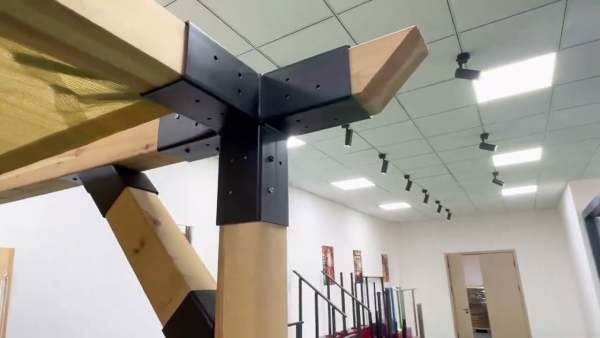Table of Contents
Permits and Regulations: What You Need to Know Before Building a Pergola
Building a pergola can be a great addition to your outdoor space, providing shade and a place to relax and entertain. However, before you start construction, it is important to understand the council approval process and the regulations that govern building a pergola. In this article, we will discuss what you need to know before building a pergola, including permits and regulations.
When it comes to building a pergola, the first step is to check with your local council to see if you need a permit. In most cases, a permit is required for any structure that is attached to a building or exceeds a certain size. The size and height restrictions for pergolas vary depending on the council, so it is important to check with your local council to determine what is allowed in your area.
Once you have determined that you need a permit, you will need to submit an application to your local council. The application will typically require detailed plans of the pergola, including its size, height, and location on your property. You may also need to provide information on the materials you plan to use and how the pergola will be constructed.
After you have submitted your application, the council will review it to ensure that the pergola meets all building codes and regulations. This may include requirements for setbacks from property lines, height restrictions, and structural requirements to ensure the pergola is safe and stable.
If your application is approved, you will receive a permit to begin construction on your pergola. It is important to follow the approved plans and any conditions set by the council during construction to ensure that the pergola meets all regulations.
If your application is denied, you may have the option to appeal the decision or make changes to your plans to address any concerns raised by the council. It is important to work closely with your local council throughout the approval process to ensure that your pergola meets all requirements.
In addition to obtaining a permit, there are other regulations that you need to be aware of when building a pergola. For example, in some areas, there may be restrictions on the type of materials you can use or the color of the pergola. It is important to check with your local council to ensure that your pergola meets all regulations before you begin construction.
It is also important to consider the impact of your pergola on your neighbors. In some cases, you may need to obtain their consent before building a pergola, especially if it will be close to a property line. It is important to be a good neighbor and consider how your pergola may affect those around you.
In conclusion, before building a pergola, it is important to understand the council approval process and the regulations that govern construction. By obtaining the necessary permits and following all regulations, you can ensure that your pergola is safe, stable, and compliant with all requirements. Working closely with your local council and being a good neighbor will help ensure a smooth approval process and a successful construction project.
Step-by-Step Guide to Obtaining Council Approval for Your Pergola Project
Building a pergola can be a great way to enhance your outdoor living space and add value to your property. However, before you start construction, it is important to obtain council approval to ensure that your project complies with local regulations and building codes. In this article, we will provide a step-by-step guide to help you navigate the process of obtaining council approval for your pergola project.
The first step in obtaining council approval for your pergola project is to determine whether you need a permit. The requirements for obtaining a permit can vary depending on your location, so it is important to check with your local council to determine what is required. In general, you will likely need a permit if your pergola is larger than a certain size, is attached to your house, or is located within a certain distance from your property boundary.
Once you have determined that you need a permit, the next step is to prepare a detailed plan of your pergola project. This plan should include information such as the size and location of the pergola, the materials that will be used, and any other relevant details. It is important to ensure that your plan complies with local building codes and regulations, as this will increase the likelihood of your permit being approved.

After you have prepared your plan, you will need to submit it to your local council for review. In most cases, you will need to pay a fee when submitting your application, so be sure to check with your council for details on the cost. Once your application has been submitted, it will be reviewed by council staff to ensure that it complies with all relevant regulations.
During the review process, council staff may request additional information or modifications to your plan. It is important to respond promptly to any requests for information or changes, as this will help expedite the approval process. Once your plan has been approved, you will receive a permit that will allow you to begin construction on your pergola project.
Before you start construction, it is important to ensure that you comply with all conditions outlined in your permit. This may include requirements such as using specific materials, adhering to certain construction methods, or obtaining inspections at various stages of the project. Failure to comply with these conditions could result in fines or other penalties, so it is important to follow them closely.
Once construction is complete, you may be required to obtain a final inspection from your local council to ensure that your pergola complies with all relevant regulations. If your project passes inspection, you will receive a final approval from the council, allowing you to enjoy your new pergola with peace of mind.
In conclusion, obtaining council approval for your pergola project is an important step in ensuring that your project complies with local regulations and building codes. By following the steps outlined in this article, you can navigate the approval process with confidence and enjoy your new pergola for years to come.







